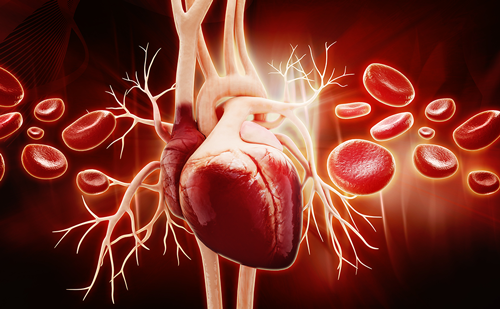Background: Hypertension is associated with Mobitz II and Complete Heart Block (CHB) (JAMA Netw Open. 2019;2:e194176). Profound bradycardia such as caused by Mobitz II and CHB have also been reported to cause hypertension (Ann Pediatr Cardiol. 2020;13:248–51) albeit usually in specialist situations such as congenital CHB.
Purpose: We investigated the incidence of hypertension and the relationship between hypertension and left ventricular function.
Methods: A total of 291 patients with Mobitz II or CHB presenting to the Lincolnshire Heart Centre from Jan 2020 to Dec 2021 were assessed. All patients had routine observations prior to any procedure and echocardiogram to establish the need for conventional (single or dual chamber) pacemaker (PPM) or cardiac resynchronization device (CRT). Patients were stratified by the presence or absence of severe systolic hypertension (systolic BP >160 mmHg) at preadmission or at the time of their pacemaker implantation and LV function on echo (left ventricular ejection fraction [LVEF] of >40% and <40% in keeping with 2021 ESC guidelines.
Results: Over half of the patients presenting with Mobitz II and CHB had severe systolic hypertension (163 out of 291, 56%). A significant majority of patients had preserved or only mildly reduced LV function (260 of 291, 89%). Only 11% had evidence of reduced LVEF <40% (ref latest ESC criteria in ESC HF guidelines 2021), in whom CRT pacing would be indicated. Preserved or mildly reduced LV function (EF >40%) was associated with systolic hypertension (SBP <160) and conversely, reduced LV function (EF <40%) was associated without systolic hypertension (p<0.0148).
Conclusions: Patients with systolic hypertension are more likely to have preserved LV systolic function. However, in a minority of patients with impaired LV function in whom CRT pacing would be indicated, significant hypertension was less common. This may be due to the impaired LV being unable to achieve an elevated blood pressure. This observation may assist in situations where patients are taken directly from presentation to pacemaker implantation on a 24/7 basis (so-called primary pacing), where we propose that in patients with severe systolic hypertension, the likelihood of needing to perform out-of-hours (primary) CRT pacing is lower.








